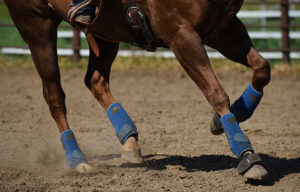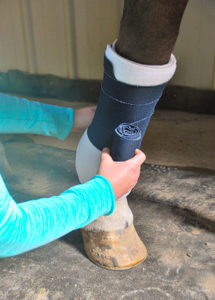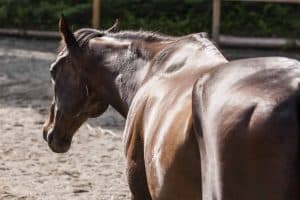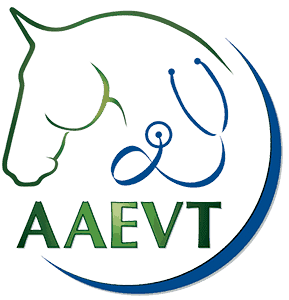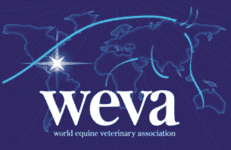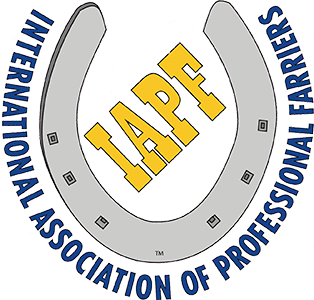Saving a Paraplegic Foal
VIDEO | What do you do when a healthy foal suddenly becomes paraplegic? For many, the answer would be simple–euthanasia, especially if he had an uncertain prognosis.
- Topics: Article, News & Interviews
VIDEO | What do you do when a healthy foal suddenly becomes paraplegic? For many, the answer would be simple–euthanasia, especially if he had an uncertain prognosis. But this attractive bay Quarter Horse colt, incongruously named Lucky, continues to survive and improve in the care of his devoted owners and veterinarians at North Carolina State University (NCSU). His story offers hope for similarly affected foals and valuable insight into caring for handicapped horses.
“From birth, he was just special,” says owner Anita Powell of the Impressive-bred colt, who was named Lucky for his St. Patrick’s Day birth date. “He just grabbed our hearts right from the start.”
Lucky started life the hard way–nearly strangling at birth from a vaginal-rectal delivery (where the mare’s reproductive tract was torn and his head protruded from her rectum while the rest of his body was being delivered normally from her vagina). Once that was resolved and the mare tended, everything seemed fine until one afternoon about two weeks later, when Anita noticed he was dragging his hind toes a little.
“Even then I didn’t worry much,” she recalls. “They can be so awkward at that age.” But when she checked on him about 11 pm that night, she was shocked to see him down in the stall with a circle thrashed in the bedding from him pivoting around his suddenly immobile hindquarters. He also was not urinating. The Powells immediately rushed him from their Clayton, N.C., home to their veterinarian in Apex, who referred Lucky to NCSU with a tentative diagnosis of spinal damage from the mare stepping on him.

See Lucky’s story in this video

Already a ham at 2-3 weeks of age, Lucky poses for the camera at North Carolina State University.

After treatment and some physical therapy, Lucky was able to walk with supportive help.

In late August, Lucky returned to NCSU for shoeing work. Here, his owner Anita Powell holds his head while her son Braxton steadies his rump, and Dr. Richard Mansmann and farrier Kurt vom Orde inspect Lucky
Create a free account with TheHorse.com to view this content.
TheHorse.com is home to thousands of free articles about horse health care. In order to access some of our exclusive free content, you must be signed into TheHorse.com.
Start your free account today!
Already have an account?
and continue reading.
Written by:
Christy M. West
Related Articles
Stay on top of the most recent Horse Health news with





